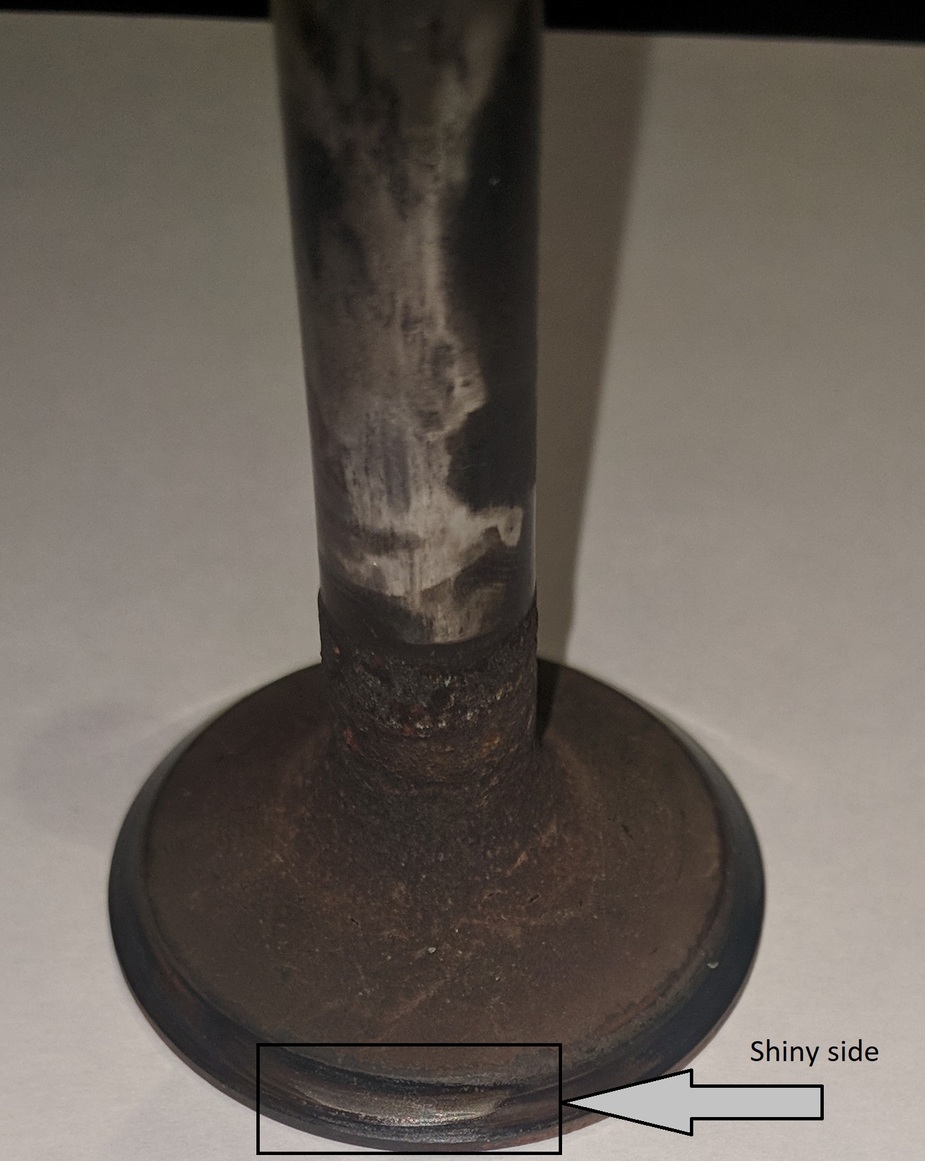LeSving wrote:
will your subscription work financially.
Don’t worry. Reliability-Centered Maintenance already has worked out for me financially. Actually, I am not looking for financial advise. I am purely looking for engineering advise :-)
For a private plane used for leisure by the owner, there are no costs of downtime, only cost of maintenance.
There is a large cost even for the “leisure” owner: the inability to make it to EuroGA fly-ins 
Ultimately, downtime stops a lot of people flying, often permanently. I usually know of several who are selling out because they got fed up with downtime.
Lucius wrote:
In general I subscribe to Reliability-Centered Maintenance philosophy (if it works, don’t fix it), but also don’t want to gamble.
Do nothing unless not operational you mean. Well, every book written about maintenance will tell you it’s the most expensive method. But then expenses are the cost of maintenance + the cost (loss of income) of downtime (scheduled or otherwise). For a private plane used for leisure by the owner, there are no costs of downtime, only cost of maintenance. It’s still the most expensive though, because the aircraft is left to gradually fall into a state where every component has a high probability of failure. Essentially a worn out wreck in constant need of being fixed, and the cost of man hours are large compared with the cost of components.
Only when you do all the maintenance yourself (no cost), and components are cheap, will your subscription work financially. The downside is only an airplane left into a state of maximum unreliability.
Just my 2 cents 
Bathman wrote:
Overhaul the effected cyclinder. Then replace all with New as planned at 2500 hours
Thank you. That is my plan. Cyl#4 has already been IRANed (not overhauled). My question is, whether I should ream or not, whether I should do the wobble test or not, etc… My inclination is not to, despite never having done the wobble test, because I never had a stuck valve or morning sickness. On the other hand, I am at 2100 hours, and not babying my engine to improve longevity. In general I subscribe to Reliability-Centered Maintenance philosophy (if it works, don’t fix it), but also don’t want to gamble.
Overhaul the effected cyclinder. Then replace all with New as planned at 2500 hours
I got myself confused above when I said the valves rotate, but actually it is the cam followers that rotate, in the thread I linked. Fortunately the valves are also supposed to rotate.
One of the things about Barrett Precision (who did two engine builds for me) is that they have developed some special way of grinding the valve seats.
Bathman wrote:
How many hours a year are you doing? The cylinders when fitted 2100 hours ago were they new or overhauled?
Cylinders were overhauled 2005, and plane has flown consistently over 100 hours per year.

Where the valve has uneven pattern and the stem is shiny, lines up with shiny spot at the valve seat edge. With regards to valve rotating, I agree I would expect a symmetric pattern. According to the Mike Busch’ presentation (fast forward to 9:30), one should see a nice shiny ring around the circumference of the valve. With this valve the shiny area is only at the spot highlighted. The Cyl#4 overhauler did mention that the guide was in a bad shape, but I failed to ask him what exactly he meant by that.
If it wouldn’t have been by the benign looking, slightly uneven pattern of the exhaust valve as a result of the boroscope inspection, nobody would have done anything about it. It confirms the importance of boroscope inspection for Lycoming engines exceeding TBO (and Continental’s when exceeding half TBO).
How many hours a year are you doing?
The cylinders when fitted 2100 hours ago were they new or overhauled?